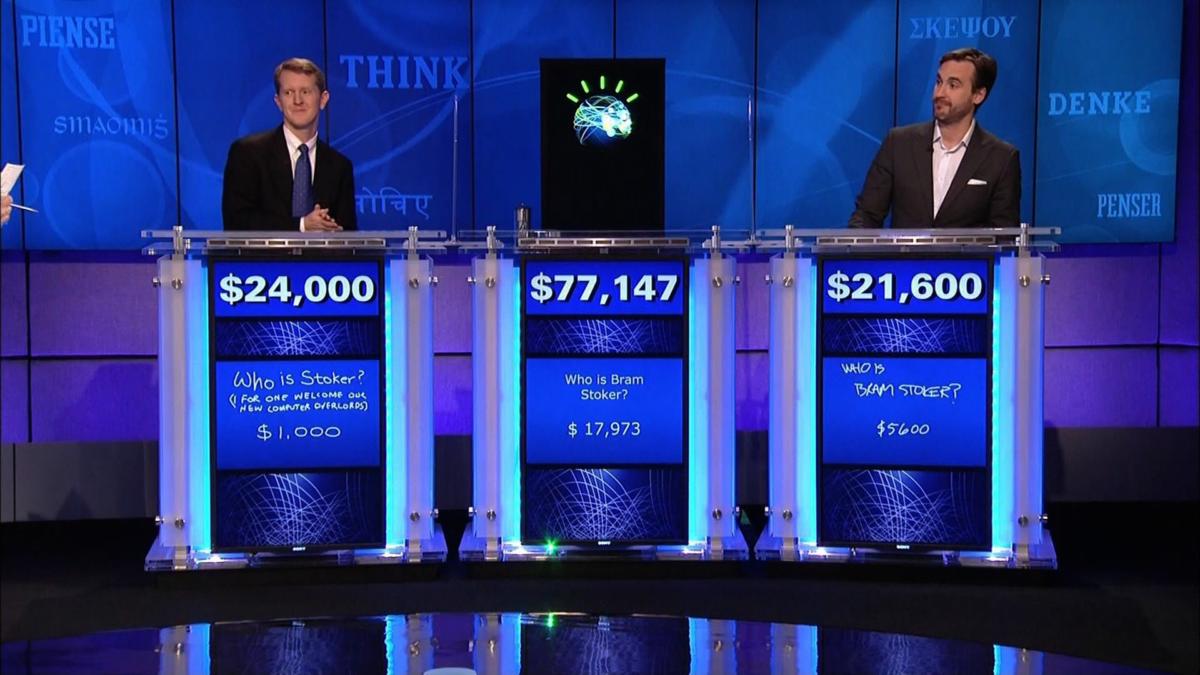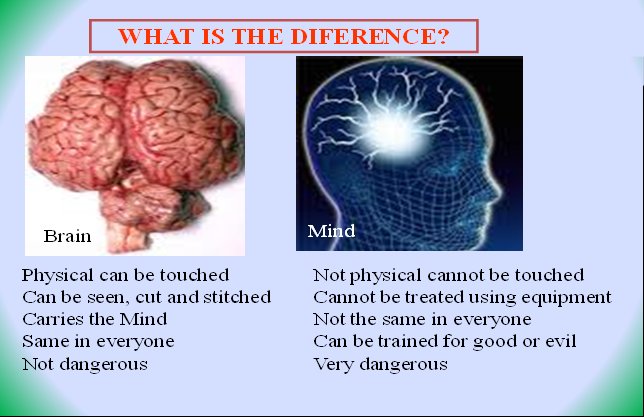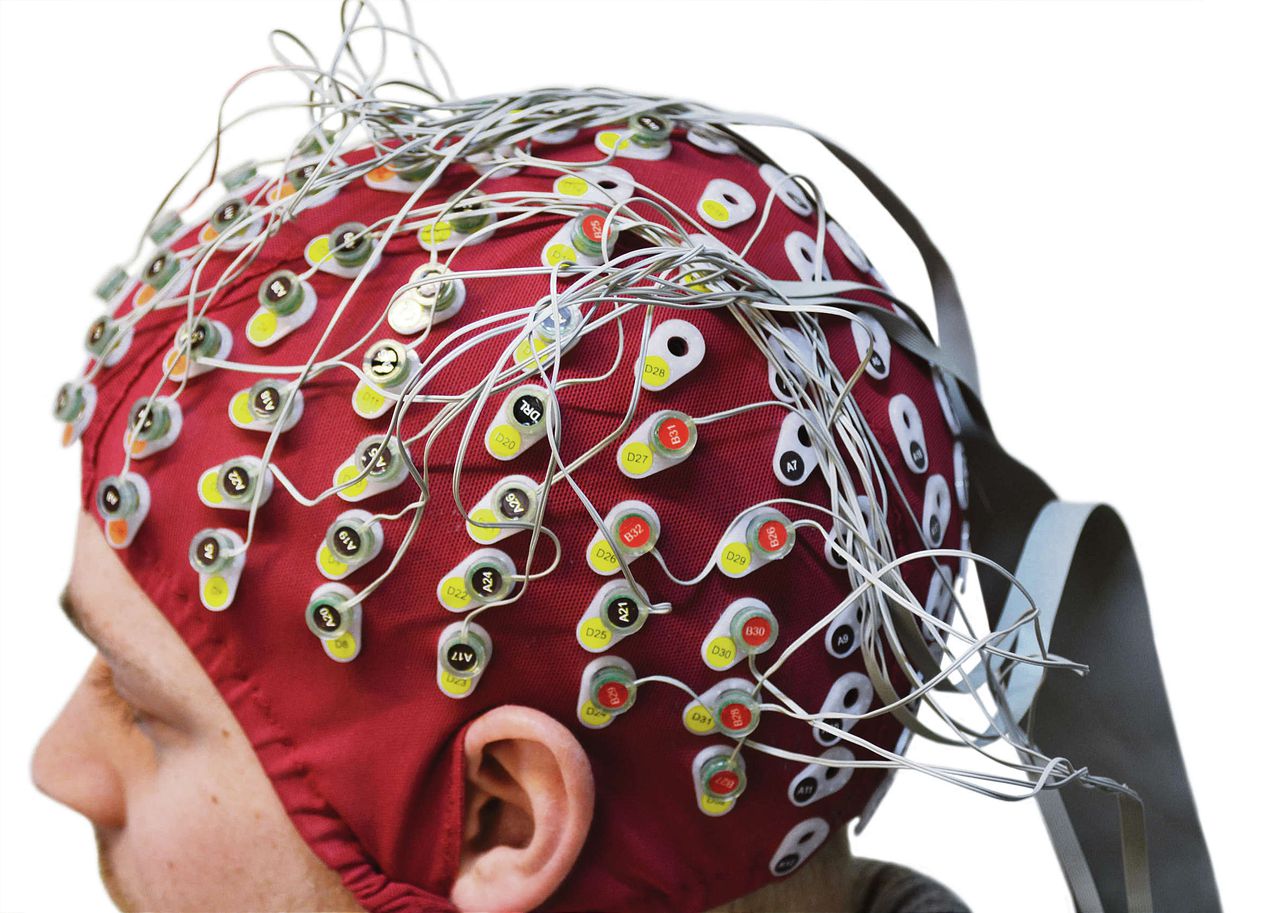Artificial Intelligence (AI) is here! The world’s best chess players are now machines; the best Jeopardy player is a machine. We now have AIs like Alexia and Siri in our homes acting as our personal secretaries. AI controlled robots are doing more and more of the physical and repetitive labour in our societies. More and more people today are coming to recognize that it’s only a matter of time before we have succeeded in building AIs that are as smart, or smarter, or even much smarter than we are.


How should we treat these creations of ours, can we control them, should we? If they become conscious entities do they have rights, legal rights that is? Or should we avoid making machines that are conscious for those reasons? And how will we ever even know if our machines do become conscious?
Questions like those are just the starting point of the book ‘Artificial You’ by Susan Schneider. As the director of the AI, Mind and Society group at the University of Connecticut and following her two-year NASA funded project exploring superintelligent AI Doctor Schneider is uniquely qualified to consider those questions from both a technical as well as a philosophical perspective.

In fact much of Doctor Schneider’s research has been concerned with the development of tests that would allow we humans to determine whether an AI has a mind, or whether it has simply been so skillfully programmed that it can behave as if it had a mind, as some of our AL systems are already starting to do. In order to do this Doctor Schneider first asks us to consider what are the qualities of our thought processes that are different from simple computations. Questions of this sort make up the first four chapter of ‘Artificial You’.

The final four chapters along with the conclusion concern the even more esoteric question of whether it may someday be possible for a human mind to merge with an AI and thereby gain a computer’s speed, accuracy and expanded memory, and maybe even immortality. Doctor Schneider discusses two broad methods of how such a merger might be accomplished.
The first is bit by bit, where a human brain might get a neural lace implanted in it to enable a direct connection to a computer. Or perhaps the replacement of the brain’s hippocampus, which is essential for laying down new memories, by an artificial hippocampus. Both of these technologies are currently under development and other possible ‘chip’ enhancements to the brain are being studied. In time what began as a few ‘improvements’ to our brain could become a total replacement of it.


The second technique involves a ‘mindscan’, a minute and detailed plotting of every connection between the neurons of the brain and a reproduction of those connections onto a silicon or other electronic substrate. By reproducing the exact pattern of a human mind in this way it is thought that the new mind so created would be an exact copy of that human mind but with all of the advantages of AI. Perhaps even including perhaps immortality?

These possibilities date back to at least the 1960s in Science Fiction such as ‘2001: A Space Odyssey’ and ‘The Ultimate Computer’ episode of ‘Star Trek’ and Doctor Schneider considers them both at some length. This kind of thinking has become known as ‘Transhumanism’ and is a growing philosophy among cybernetic engineers and researchers. Although Doctor Schneider considers herself to be a ‘Transhumanist’ nevertheless she is skeptical about their more optimistic predictions.

That’s the point of view that Doctor Schneider takes throughout ‘Artificial You’, skeptical, questioning, looking for the flaws in any argument while demanding evidence to back up any claims. Whatever your viewpoint on the issues of human / machine interactions you can benefit from Doctor Schneider’s clear-eyed analysis. ‘Artificial You’ is an important book and with future advances in AI it will only become more important.
